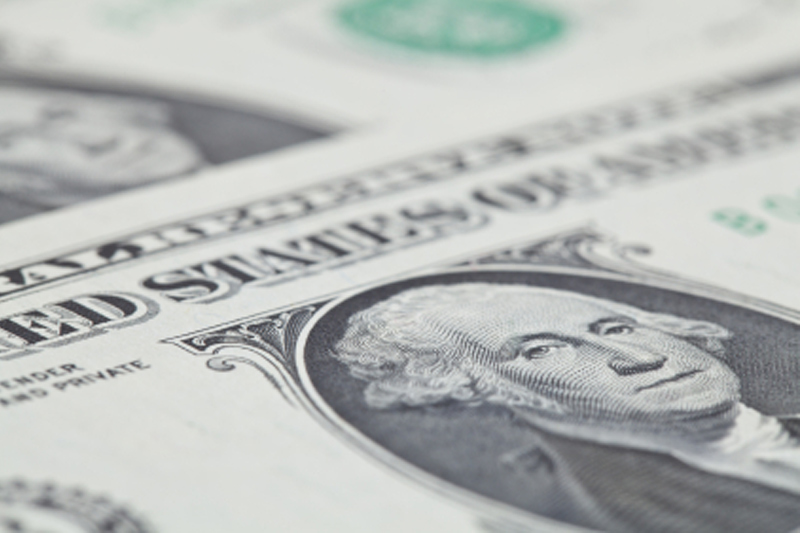Dollar Declines Ahead of Fed Decision: What's the Latest on Other Major Currencies?
The dollar experienced a significant increase following Donald Trump's victory in the presidential elections. However, today the dollar partially retreated as investors focused on the Fed's upcoming interest rate decision.
While investors await any changes in interest rates by the Fed, the Dollar Index (DXY) hovered near four-month highs after recording its largest single-day gains recently. DXY rose by as much as 2%, testing the 105 level, driven by expectations concerning Trump's customs tariffs and tax policies. However, as the Fed is expected to implement a 25 basis point rate cut, this has partially limited the dollar’s gains.
Experts generally believe that if some of Trump’s fiscal proposals are realized, the dollar could find further support. It was indicated that the policies during Trump's presidency could have significant impacts on inflation, creating uncertainties regarding how the Fed will respond. This is considered a positive outlook for the dollar until 2025.
Sterling rises despite BoE decision
The Bank of England's (BoE) decision to lower interest rates initially put pressure on the pound, but rapidly rising growth and inflation expectations in the UK facilitated a rebound. On Thursday, the pound reached $1.296, up by 0.6% during the day. The BoE has signaled that future rate cuts will be gradual.
Additionally, the budget announced by UK Chancellor Rachel Reeves highlighted that inflation could rise more quickly and growth might accelerate. While this paints a more positive picture for the overall UK economy, the BoE prefers to remain cautious regarding its rate-cutting policy.
Euro unaffected by political crisis in Germany
The collapse of the coalition government led by Chancellor Olaf Scholz in Germany late Wednesday did not produce the expected negative effect on the euro. Today, the euro is trading at $1.0782, up by 0.5%. Consequently, it is observed that the euro has slightly recovered despite the political uncertainties in Germany.
The collapse of the coalition had a limited impact on the markets, while the European Central Bank's (ECB) interest rate policy and the recovery in the construction sector in the Eurozone supported the currency. Moreover, investors noted that despite a contraction in the construction purchasing managers' index in October, the euro maintained its resilience.
Yen and yuan remain volatile
The Japanese yen hit its lowest level against the dollar in three months, falling to 154.715. The Japanese government indicated it is ready to take action against speculative movements. Following this warning, USD/JPY slightly retreated to around 153.55, declining by 0.7%. Although these warnings from Japan's currency market have a limited impact on investors, they contributed to a partial recovery of the Japanese yen.
The Chinese yuan also gained 0.5% after better-than-expected export data. The rise in China's export figures has increased hopes for an economic recovery in the country, leading to an appreciation of the yuan against the dollar. The offshore yuan traded at 7.147, marking a short-term increase.


